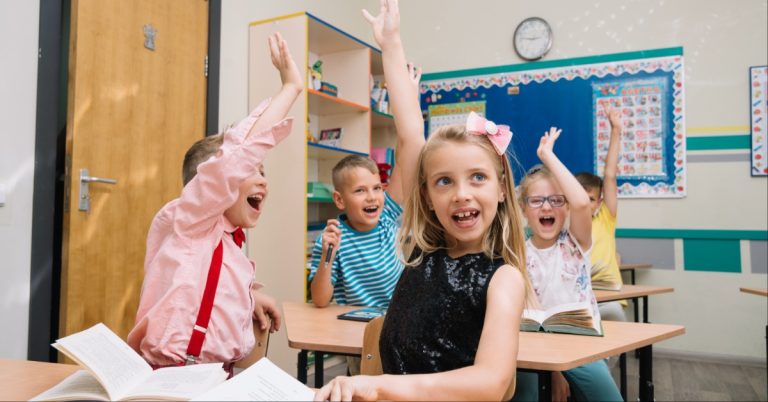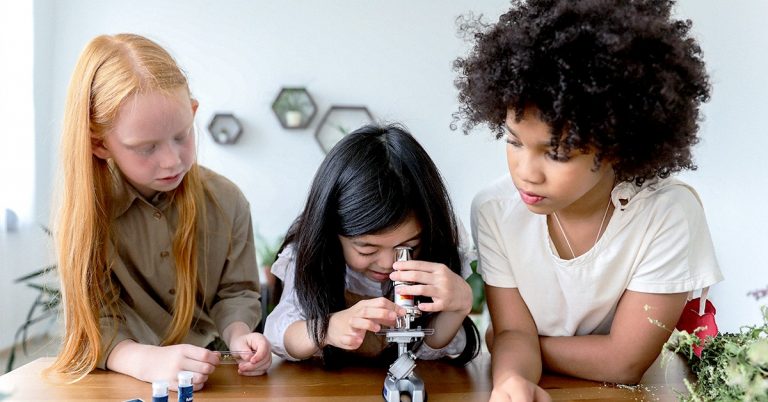Learning strategies
Historically, teachers have empirically tested different learning strategies, striving to facilitate the process of transferring knowledge to their students. Through trial and error, some learning strategies have survived, but the level of their implementation in the real world, full of constant social, economic, and technological changes has remained minimal.
As the science of psychology developed in the 1950s and 1960s, professors started writing learning handbooks using current research, theory and practice from the realm of psychology of learning. As this science grew more serious, there was a wealth of research that produced a great number of effective strategies that are currently used in modern education at contemporary schools.
Effective strategies aim to facilitate the students’ educational process and to enable them for higher achievements by offering them a choice of different approaches on how to learn. The strategies that have survived despite the changing times have proven their value and applicability in and out of the classroom.
Persons who manage to make the learning process easier for themselves during their time of education will be able to use those same skills in their private life, including its family, interpersonal and professional aspects.
Definitions of learning strategies
Before we start listing definitions concerning the learning strategies, we ought to clarify what the words “learning” and “strategies” mean, exactly. The word learning is a noun derived from the verb “learn”, which stems from the Old English leornian – “to get knowledge, be cultivated; study, read, think about”, whereas the word strategy stems from Old Greek strategos – “army leader”. Therefore, considering this etymology, we can conclude that we are discussing a number of operations/methods leading us towards the cultivation and acquisition of knowledge.
There are a wide range of definitions of learning strategies by different authors. According to Robert M. Gagne, educational psychologist, learning strategy is an arrangement of cognitive operations aiming to guide the students towards the understanding of problems until they find adequate answers (Gagne RM. The conditions of learning and theory of instruction. 4th ed. New York: Holt, Rinehart and Winston; 1985).
Muelas and Navarro see learning strategies as planned procedures and techniques whose objective is the contextual processing of new information in order to achieve more sensible learning for students (Muelas A, Navarro E. Learning Strategies and Academic Achievement. Procedia – Soc Behav Sci. 2015; 165: 217– 221).
Types of learning strategies and their practices
Led by the wish to inspire young people to become successful students, we have listed the general learning strategies and their practices that can be applied in and out of the classroom. As there are a number of different classifications of strategies, depending on the author, we have decided to emphasize these three general learning strategies:
- Cognitive strategy of learning aims to stimulate the student to understand the essence of the subject matter, using different sorts of practices/techniques/methods that stimulate cognitive abilities.
- Metacognitive strategy of learning aims to awaken the student’s reflective thinking and enable them to become more aware of their strengths and the learning styles that suit them. Its goal is to enable the students to have conscious control over the change in their behavior and find a more efficient learning process.
- Social-affective strategy constitutes a blend of social and emotional components. The goal of this strategy is to stimulate the effectiveness of learning through creating a better relationship of the student with the teachers or the peers which brings along, as an additional factor, the presence of motivation, emotion and a positive attitude towards learning.
Each of these strategies involves a lot of concrete practices that, actively implemented into teaching activities, stimulate the students to adopt the learning process itself in an easier way. Of course, works by scholars include strategies such as the following:
- mnemonic,
- compensatory,
- motivational,
- management,
- memory,
- separately social,
- affective,
- etc.
It should also be noted that some scholars list learning practices as strategies.
Learning practices that can help you improve your academic results:








